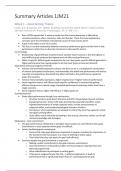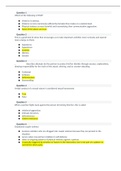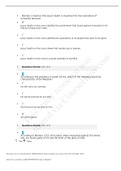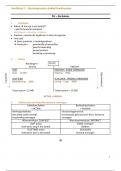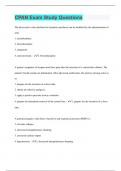Samenvatting
Summary articles Design of Effective Performance Management Systems
- Vak
- Instelling
Includes a summary of the following articles: Locke, E.A. & Latham, G.P. (2002). Building a practically useful theory of goal setting and task motivation. American Psychologist, 57, 9, 705-717. DeNisi, A., & Kluger, A. (2000). Feedback effectiveness: Can 360-degree appraisals be improved? Acade...
[Meer zien]
